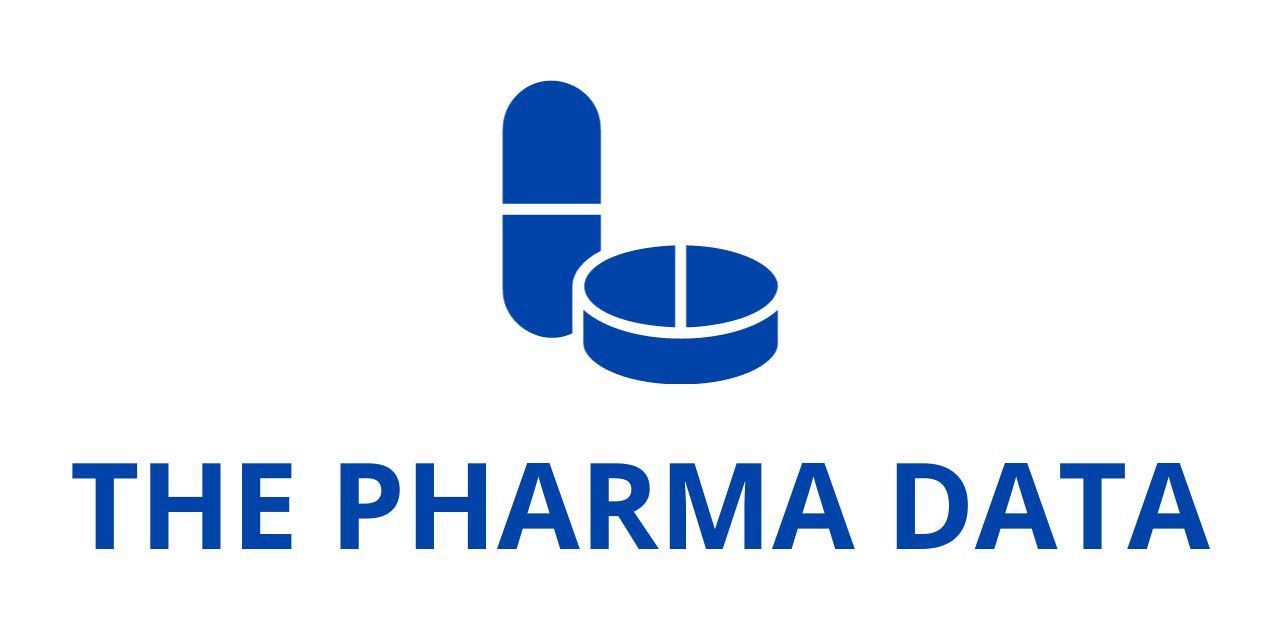
Global Forecast: mRNA Vaccines & Therapeutics Market for Influenza, RSV, and CMV (2025)
A new report titled “mRNA Vaccine and Therapeutics Market: Industry Trends and Global Forecasts to 2035 by Application Area, Target Disease Indication, and Geographical Regions” has been added to ResearchAndMarkets.com’s extensive offering. The report projects that the global mRNA vaccine and therapeutics market will reach an estimated value of USD 1.99 billion by 2035, with momentum largely fueled by the increasing approval and commercialization of mRNA-based products for infectious diseases beyond COVID-19.
In the wake of the COVID-19 pandemic, messenger RNA (mRNA) technology has become a transformative force in the biopharmaceutical landscape. Previously viewed as an experimental approach, mRNA has now firmly established itself as a versatile and effective modality for both prophylactic vaccines and therapeutic interventions. The unprecedented global success of COVID-19 mRNA vaccines, particularly those developed by Pfizer-BioNTech and Moderna, served as a critical validation point for the platform, triggering a wave of investment, research, and development activity.
Expanding Horizons for mRNA Technology
Although COVID-19 provided the initial proving ground, the application potential of mRNA extends far beyond coronavirus infections. The latest data shows that over 170 clinical trials have been registered in recent years focusing on mRNA-based vaccines and therapeutics. Moreover, the scientific community has been actively publishing data from both preclinical and clinical studies, affirming the broad efficacy and adaptability of mRNA platforms across a variety of disease states.
Currently, more than 45 biopharmaceutical companies are engaged in developing mRNA candidates targeting diverse therapeutic areas. These efforts underscore the commitment of stakeholders to harness mRNA for a wider spectrum of diseases, ranging from infectious illnesses like influenza and respiratory syncytial virus (RSV) to oncological and rare genetic disorders.
The report emphasizes that the continued success of COVID-19 mRNA vaccines, combined with a robust pipeline of investigational products, is expected to be the primary engine driving market growth in the coming decade.
Focus on Key Indications: Beyond COVID-19
Market segmentation by application area identifies two main categories: COVID-19 and non-COVID-19 indications. Unsurprisingly, mRNA-based products aimed at combating COVID-19 currently dominate market share due to their critical role in curbing the global health crisis. However, as the pandemic recedes and broader use cases emerge, the landscape is expected to shift. Approvals of mRNA vaccines for additional indications, especially for respiratory and viral infections, are anticipated to significantly influence market expansion in the 2025–2035 timeframe.
Among the non-COVID indications, influenza leads the pack. The development of mRNA vaccines for influenza is gaining significant traction due to the persistent global burden of seasonal flu and the shortcomings of traditional egg-based vaccines. mRNA offers advantages in terms of speed, scalability, and strain targeting, making it an attractive platform for seasonal and pandemic influenza preparedness.
In addition to influenza, the report highlights other target diseases such as RSV and cytomegalovirus (CMV). These viruses, which often affect vulnerable populations including infants and the elderly, are now in the spotlight as developers explore mRNA-based solutions that promise superior immunogenicity and reduced production timelines.
Regional Insights: North America at the Forefront
From a geographical perspective, North America emerges as the dominant region in the mRNA vaccine and therapeutics market, accounting for the largest share globally. This dominance is driven by several factors, including the presence of leading industry players, strong governmental and private investment, advanced healthcare infrastructure, and a favorable regulatory environment.
The United States, in particular, is a hotbed of innovation in this space. Many of the early breakthroughs in mRNA technology were pioneered by U.S.-based companies and academic institutions, and this leadership has continued into the post-pandemic era. Europe and Asia-Pacific follow as significant contributors, with growing capabilities in mRNA manufacturing, R&D, and clinical trial activity.
Market Landscape and Key Trends

The report offers an in-depth look into the dynamic landscape of the mRNA therapeutics market. Currently, there are more than 235 mRNA drug candidates in various stages of development. While the majority are vaccine-based candidates, the therapeutic applications are also expanding—ranging from cancer immunotherapy to personalized medicine for rare diseases.
Key characteristics of the development pipeline include:
- Delivery Mechanisms: Lipid nanoparticles (LNPs) remain the preferred delivery vehicle for most mRNA products, given their ability to protect the fragile mRNA molecules and facilitate intracellular delivery.
- Route of Administration: Approximately 60% of mRNA drug candidates are being designed for intramuscular administration, mirroring the approach taken by COVID-19 vaccines.
- Pipeline Diversity: While larger pharmaceutical players are well represented, the market remains fragmented with a substantial number of emerging biotech firms contributing to innovation and competition.
Strategic Collaborations and Investment Trends
The momentum behind mRNA technology is also reflected in an unprecedented surge in partnerships, licensing deals, and clinical trial collaborations. According to the report, clinical trial agreements are the most commonly adopted model of partnership. These alliances are enabling smaller biotechs to access resources and expertise from larger firms, thereby accelerating development timelines and commercialization strategies.
Investment activity in this domain is also robust. To date, over USD 11 billion has been funneled into mRNA-focused ventures across various funding rounds. This capital infusion has not only supported clinical development but also bolstered infrastructure expansion and regulatory compliance initiatives.
Notably, over 345,000 patients have been recruited for clinical trials assessing mRNA-based therapies across the globe, highlighting the scale of development and the growing confidence in the safety and efficacy of the platform.
Intellectual Property and Innovation
The intellectual property landscape is another testament to the vitality of this market. More than 430 patents related to mRNA therapeutics have been filed or granted, covering aspects such as formulation, delivery systems, and therapeutic targets. The growing patent activity signals both innovation and competitive positioning, as companies seek to secure their technological edge.
Large pharmaceutical companies have adopted a multipronged approach to penetrate the mRNA space. Initiatives range from in-house development programs to strategic acquisitions and equity investments in emerging players. This strategic alignment underscores the long-term belief in the transformative potential of mRNA-based treatments.
Notable Players in the Market
Some of the key companies driving innovation and growth in the mRNA vaccine and therapeutics market include:
- BioNTech
- Moderna
- CureVac
- Arcturus Therapeutics
- Ethris
- Providence Therapeutics
- Turn Biotechnologies
- Recode Therapeutics
- RNAimmune
- Walvax
- Suzhou Abogen Biosciences
- Gennova Biopharmaceuticals
- Ziphius Vaccines
- Strand Therapeutics
These organizations, alongside numerous others, are actively expanding their capabilities, pipelines, and global footprints.
Research Methodology and Primary Inputs
The findings in this report are based on extensive primary and secondary research. Key insights were informed by interviews with senior-level stakeholders from across the industry, including business development leaders, R&D heads, and clinical trial experts.
A Market Poised for Growth
The global mRNA vaccine and therapeutics market is still in its formative stages, yet it holds immense promise. As R&D efforts expand beyond COVID-19 and regulatory agencies grow more familiar with mRNA modalities, the path toward broader adoption becomes clearer. With a robust pipeline, increased funding, and favorable industry dynamics, mRNA-based therapies are set to redefine preventive and therapeutic paradigms in modern medicine.
As we look toward 2035, stakeholders in biotech and pharma would be well advised to keep a close watch on this high-growth sector—an innovation frontier with the potential to reshape global health for generations to come.




